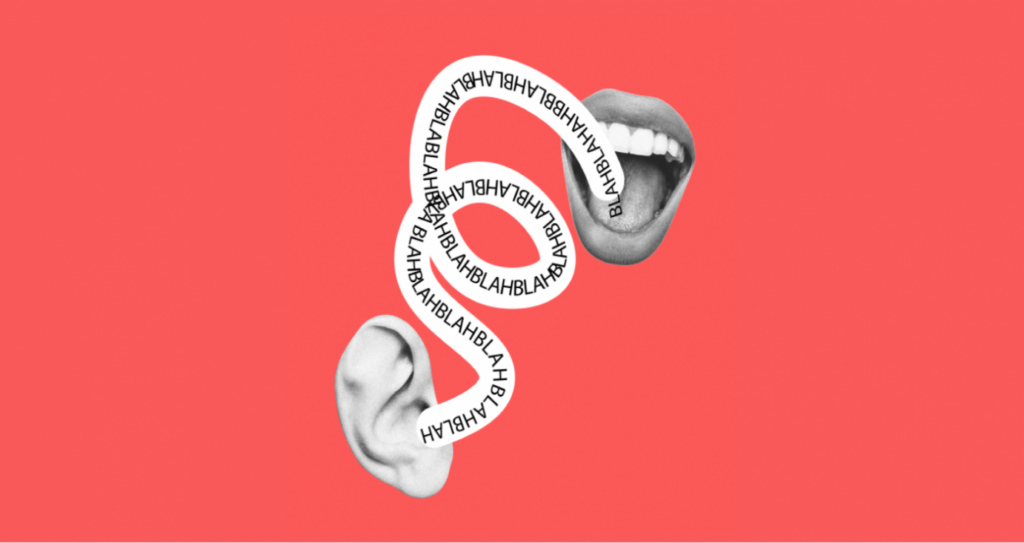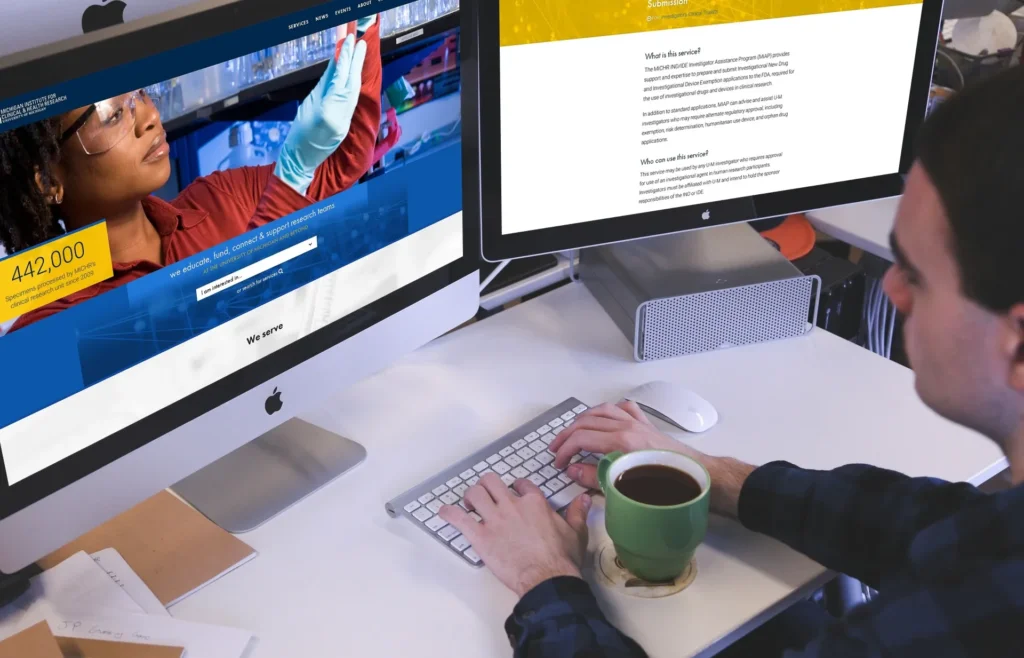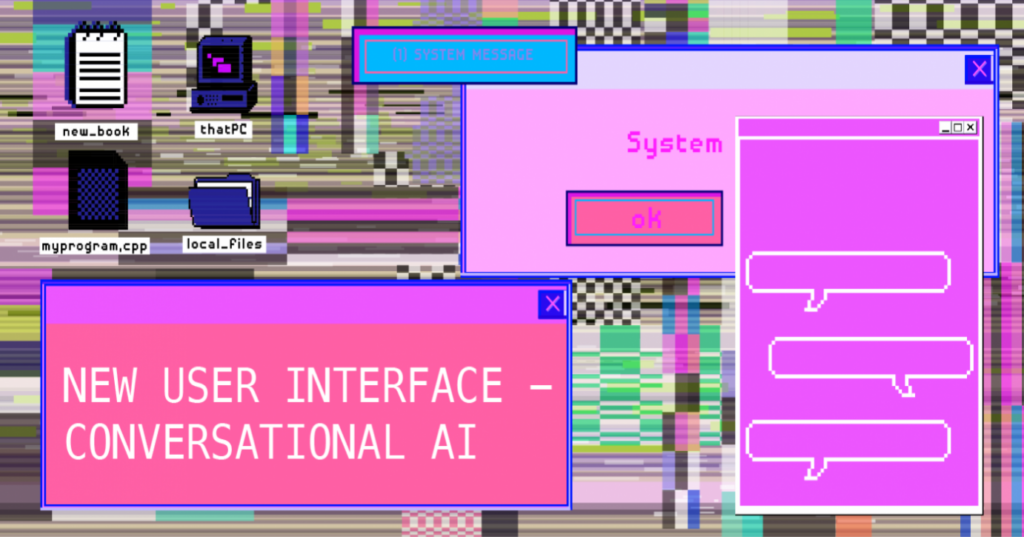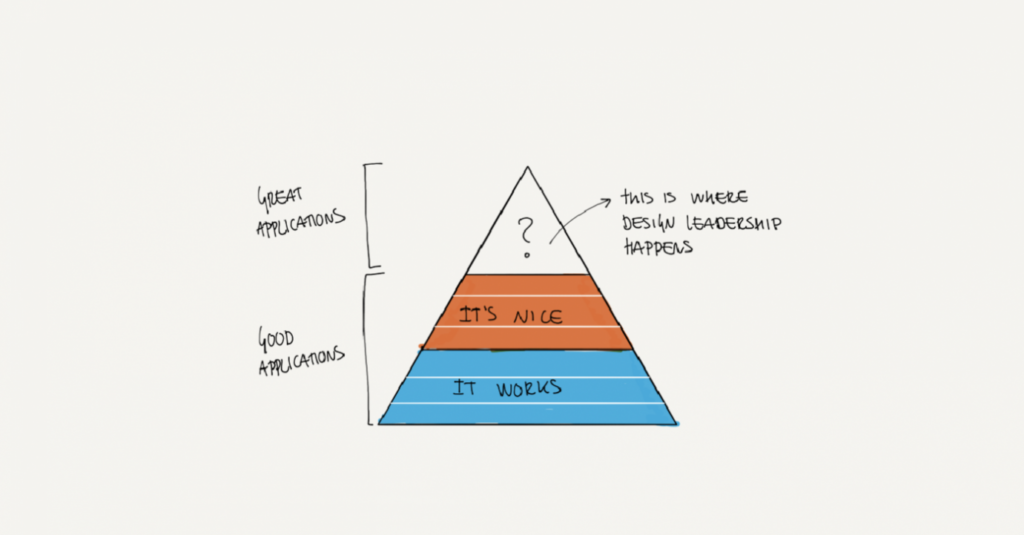Creating a User-Focused, Metrics-Backed Website for an Organization that Has Diverse Offerings
- The article explores creating a user-centric website for organizations with diverse offerings, focusing on aligning design with user needs and goals.
- It emphasizes the role of analytics and user research in validating assumptions and continuously refining the user experience.
- In this piece, practical steps are provided to integrate metrics-backed insights with user-focused design for impactful digital experiences.
Share:Creating a User-Focused, Metrics-Backed Website for an Organization that Has Diverse Offerings
Share this link
- December 17, 2024
13 min read







